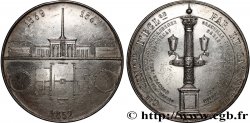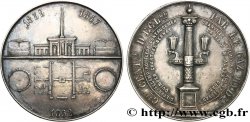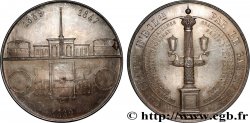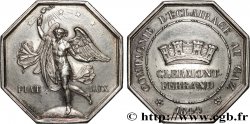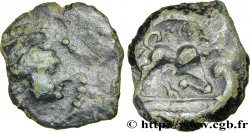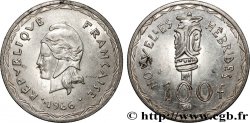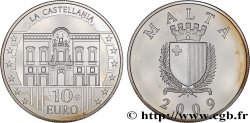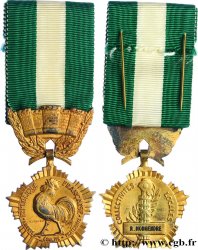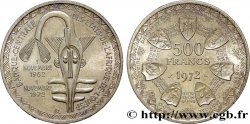Back 1/1
fjt_304407 - GAZ (LIGHTING...) ECLAIRAGE AU GAZ DE LONS LE SAUNIER 1846
Not available.
Item sold on our e-shop (2013)
Price : 170.00 €
Item sold on our e-shop (2013)
Price : 170.00 €
Type : ECLAIRAGE AU GAZ DE LONS LE SAUNIER
Date: 1846
Metal : red copper
Diameter : 32 mm
Orientation dies : 12 h.
Edge : lisse
Puncheon : sans poinçon
Rarity : R2
Obverse
Obverse legend : ECLAIRAGE AU GAZ DE LONS LE SAUNIER * JURA.
Obverse description : Les armoiries de la ville tourelées, soutenues par deux lions et reposant sur deux cornes d’abondance et une guirlande végétale.
Reverse
Reverse legend : CONSEIL D’ADMINISTON DE LA SOCIÉTÉ 1846.
Reverse description : Un lampadaire à gaz.
Commentary
La frappe de ce jeton est étonnant pour plusieurs raisons. Tout d’abord on voit rarement des conseils d’administrations se voter des jetons en cuivre mais plutôt en argent, voire en or. Un jeton en cuivre en 1846 ne pourrait servir que d’identification, certainement pas de rémunération.
Par ailleurs la frappe est techniquement curieuse et les coins font penser que le flan de leur est pas rigoureusement adapté, comme si le flan était de récupération. C’est la première fois que nous voyons ce jeton et nous n’avons pas pu le comparer avec un autre exemplaire.
The minting of this token is surprising for several reasons. First of all, we rarely see boards of directors voting for copper tokens, but rather silver or even gold ones. A copper token in 1846 could only serve as identification, certainly not remuneration. Furthermore, the minting is technically curious, and the dies suggest that the flan of theirs is not rigorously adapted, as if the flan was salvaged. This is the first time we have seen this token, and we have not been able to compare it with another example.
Par ailleurs la frappe est techniquement curieuse et les coins font penser que le flan de leur est pas rigoureusement adapté, comme si le flan était de récupération. C’est la première fois que nous voyons ce jeton et nous n’avons pas pu le comparer avec un autre exemplaire.
The minting of this token is surprising for several reasons. First of all, we rarely see boards of directors voting for copper tokens, but rather silver or even gold ones. A copper token in 1846 could only serve as identification, certainly not remuneration. Furthermore, the minting is technically curious, and the dies suggest that the flan of theirs is not rigorously adapted, as if the flan was salvaged. This is the first time we have seen this token, and we have not been able to compare it with another example.








 Report a mistake
Report a mistake Print the page
Print the page Share my selection
Share my selection Ask a question
Ask a question Consign / sell
Consign / sell
 Full data
Full data